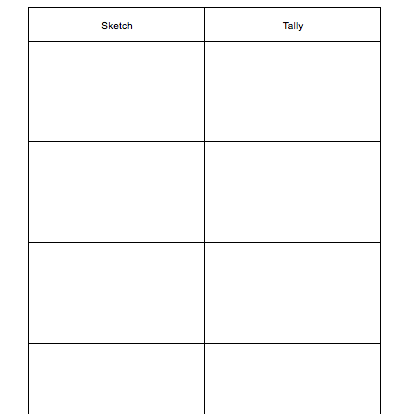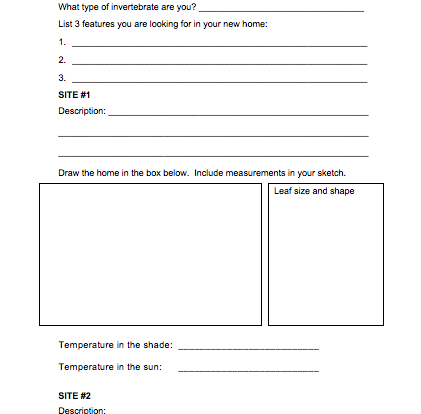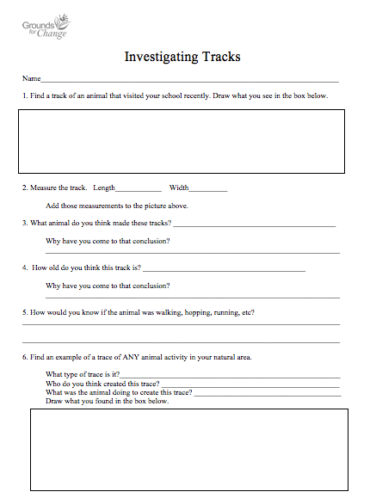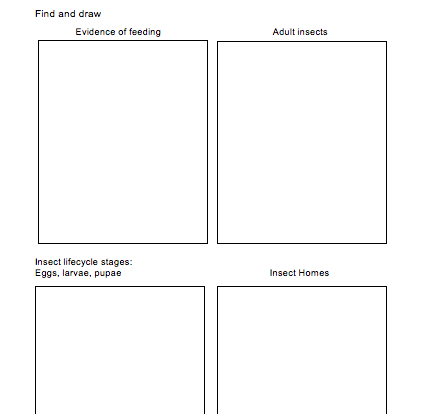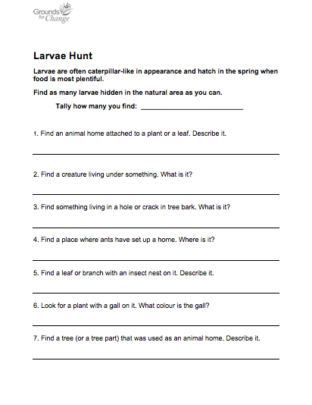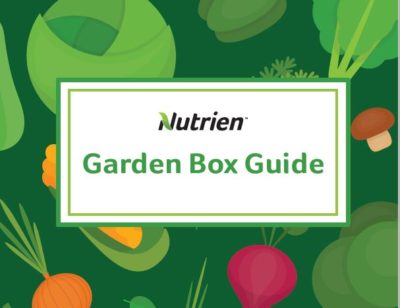-
Discuss schoolyard invertebrates. Predict the most common bug. Discuss counting, tallying and graphing. Students draw, find and tally bugs. Graph the bugs on the back of the sheet. Wrap-up: rare and common invertebrates, seasonal differences, etc.
-
Students pick an invertebrate and provide descriptions on their needs and environment. Wrap up: Discuss student answers and drawings. How does each invertebrate contribute to the environment they live in? (roles?)
-
Discuss scientists, research questions, observation, evidence and inferences. Students find an animal track, complete the worksheet, and try to find other evidence of animal activity (fur, feathers, scat, etc.). Wrap up: discuss student inferences (what? Why?)
-
Discuss lifecycles and common differences between each stage of life (insects). Students learn about the lifecycle of a ladybug by searching for each clue in the natural area and drawing their findings. Wrap up: Discuss drawings and review stages of the lifecycle where necessary.
-
Discuss lifecycles, larvae, galls and homes. Student’s search for and tally insect larvae. Search for the insects and insect homes listed on the worksheet and answer the corresponding questions. Wrap-up: life cycle stages, predict seasonal differences, etc.

